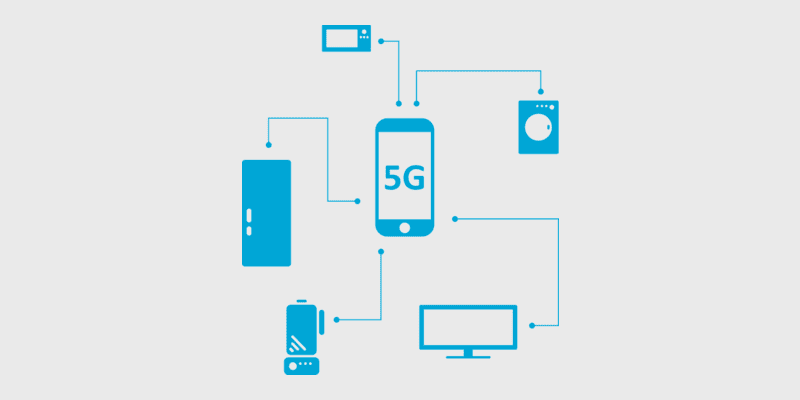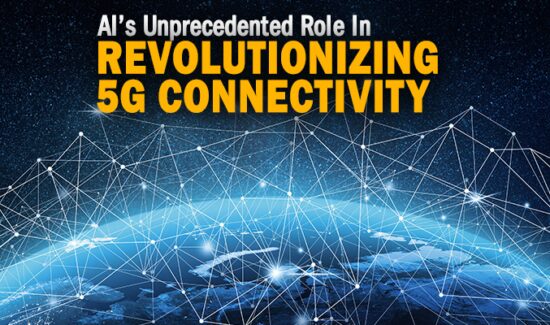What’s the Big Deal with 5G? Five 5G Features to Consider

5G is coming – there’s no doubt about that. While the technology has been discussed for quite some time, network engineers and providers are preparing for the widespread launch of 5G networks. 5G technology promises a lot of features that extended an enterprise’s capabilities for mobile devices. As 5G networks and devices are introduced to the masses, companies are beginning to learn what a 5G solution can do for them.
5G is still a ways away, though, and many companies are still deciding whether or not it’s worth it to invest in the jump immediately. Network providers have begun to release 5G-friendly hardware, cables, and devices in anticipation of its release. However, a majority of enterprises aren’t sure whether they should latch on to the 5G hype and use it as it launches or wait a while before adopting. If you’re unsure whether 5G is worth the upgrade, we’ve listed 5 features you should consider.
Faster Internet speeds
The feature that most people know about already when it comes to 5G – and the one that’s usually marketed the most – is faster speeds. Data transmission speeds for 5G are estimated to reach a potential maximum of 20 Gigabits per second. Download speeds will average around 10 Gbps, up from the average of 20 Megabits per second for 4G networks.
For enterprise mobility, this means that devices can access business-critical data or applications faster, reducing wait time and increasing productivity. This might be only a minor benefit if only a handful of users in your company use mobile devices for work purposes regularly. However, if your entire business relies on mobile devices to perform tasks, 5G’s faster speeds will have a huge positive impact.
Larger device capacity
Cell network connections can only handle a certain number of devices per area, which limits its usability for large enterprises. As the world integrates more mobile devices and companies embrace BYOD policies, the limited capacity of 4G networks can become a huge problem. 5G aims to fix this problem by increasing its device capacity tremendously. It is estimated that 5G networks can support up to one million devices per square kilometer. Enterprises that utilize multiple mobile devices per employee can expect 5G networks to live up to the task of servicing all of them.
Bigger spectrum band
Older cell networks, including 4G, operate using radio waves delivered at different frequencies. 5G is no exception to this, but it supports a much larger spectrum band than previous deployments. 4G transmits waves on a spectrum from 800 MHz to 2.6 GHz. By contrast, 5G will use a spectrum band between 2.3 GHz to 24 GHz (and potentially beyond). By operating at higher frequencies, 5G networks are able to transmit data at incredibly fast rates, assuming there is little signal interference. This also allows for more simultaneous communications, as 5G devices can transmit signals at a wider variance of wavelengths.
Lower network latency
Latency has always been a problem for networks, and it’s not something that can be completely eliminated. However, 5G promises to reduce network latency to as low as 1 millisecond. This will, of course, depend heavily on the devices and connections of your enterprise, so a more realistic expectation would be about 20 ms. That’s still a 60% decrease in latency from 4G, which averaged latency around 50 ms. Over time, the amount of latency reduced will add up to a lot less time spent waiting for data to travel across the network.
Network slicing
One of the new features of 5G is network slicing, which allows the user to portion their network into different virtual sections. These portions can be designed to operate at varying levels of speed and efficiency. That allows your enterprise to have a portion of your network with optimized performance for business-critical applications and devices while also having a portion that operates slower for non-essential operations. 5G lets users customize their slices, so they can create their infrastructure however they see fit.
If you want to learn more about the benefits of enterprise mobility management, you should check out our free 2019 MDM Buyer’s Guide. We profile the top vendors in the mobile device management, their key capabilities, and our Bottom Line for each.




















